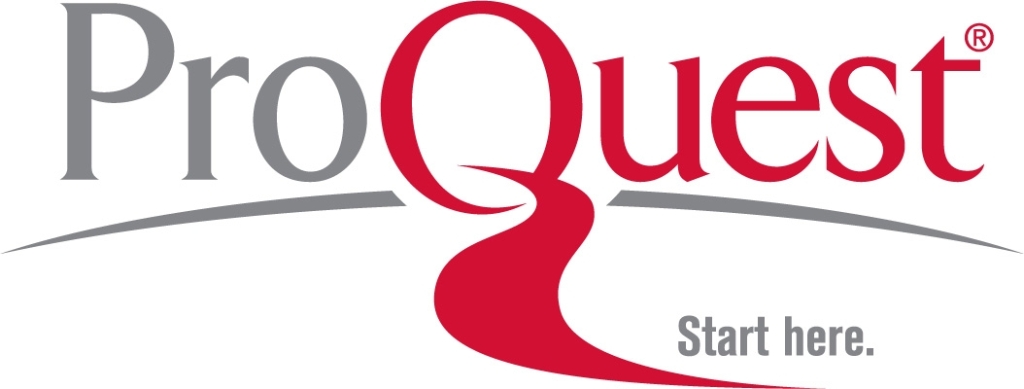Abstract
The purpose of this study was to examine the existence of a relationship between statistical literacy levels and statistical literacy self-efficacy of high school students. A total of 163 high school students studying at two different high schools in the 10th, 11th and 12th grades constituted the study sample. The “Statistical Literacy Self-Efficacy Instrument” and selected questions from the “Levels of Conceptual Understanding in Statistics (LOCUS)” project, adapted into Turkish, were utilized for data collection. The data were analyzed using both qualitative and quantitative methods according to a correlational research design. It was determined from the results that the statistical literacy of high school students was at a “Low” level and their statistical literacy self-efficacy was at an “Intermediate” level. Importantly, the statistical literacy self-efficacy of students was found to be a significant predictor of statistical literacy. It was determined that the strongest predictor of statistical literacy were factors regarding efficacy related to basic statistical concepts and confidence related to the statistical process that follows, while the weakest predictor was a factor regarding the belief related to statistical reasoning. Thus, it was important that this research emphasized the affective aspect of statistical literacy in particular and portrayed that this aspect was of great importance for students’ statistical literacy. As a result, as part of the statistical teaching and learning process, activities aimed at developing the statistical literacy self-efficacy of students parallel to the target of students’ statistical literacy is proposed.
Keywords
Statistical literacy, Statistical literacy levels, Self-efficacy, Statistical literacy self-efficacy, High school students
DOI: http://dx.doi.org/10.15390/EB.2022.9970







